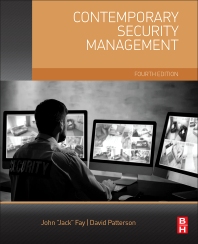Assessing Emotional Intelligence During the Hiring Process

Organizations have been using a variety of assessment tools as a part of their staffing process for many years. The purpose for utilizing them is to generally avoid poor and potentially disastrous hiring decisions that might have direct, measurable costs and business impact. I am sure that at some point in your career you have been evaluated yourself, and likely have used these tools in evaluating existing or potential staff.
These tools fall into several categories: qualification screening, job simulations, knowledge and skills testing, structured interviews, talent measures, physical abilities testing, background investigations, interviews with psychologists, and utilization of values/culture fit inventories. They provide information that can then be used by an organization as data points when building and evaluating interview question responses. It is important to note that – except for those that measure specific job requirements – these are not pass/fail “tests.”
There is an entire industry of firms and consultants delivering these products. These processes and instruments have been studied, evaluated and even legally challenged over many years. In some cases their functionality and accuracy may be dubious, but the analysis has also resulted in the availability of some very accurate, high quality instruments. Some can even be completed online by the candidate.
An area that we see companies increasingly wanting to measure is “emotional intelligence,” also referred to as “emotional quotient.” Some assessment providers utilize instruments that are intended to measure this in order for companies to factor the component into their hiring process.
The term “emotional intelligence” has been around for a while. There was a small increase in interest in it that faded in the 1950s and then reappeared in the mid-1960s. According to Google Ngram, the use of this term in literature has experienced an 80-percent increase since 1995.
While conducting additional research for this column, we routinely saw the term used in the context of evaluation of child development and psychology. It is only fairly recently that the concept has gained popularity as a way of determining the capacity of individuals to recognize both their emotions and those of others in order to guide thinking and behavior.
Rather than focus on a particular aspect, a number of organizations, including ours, have utilized instruments such as DISC and Hogan HPI/HDI instruments, which can provide an excellent assessment of competencies and characters as well as indicators of what are referred to as potential derailers in the work environment. These instruments also provide indications of emotional intelligence.
They provide very useful data points as part of the evaluation process and are especially important for management and leadership roles. They further provide insight when considering personality and culture fit within an organization.
As effective as these tools are, there is no silver bullet. It is important that they be used in conjunction with skilled, personal interviews that evaluate the role for which the individual is being considered, their past performance history and – of course – if they possess the requisite knowledge and skills to perform the role.
Looking for a reprint of this article?
From high-res PDFs to custom plaques, order your copy today!









